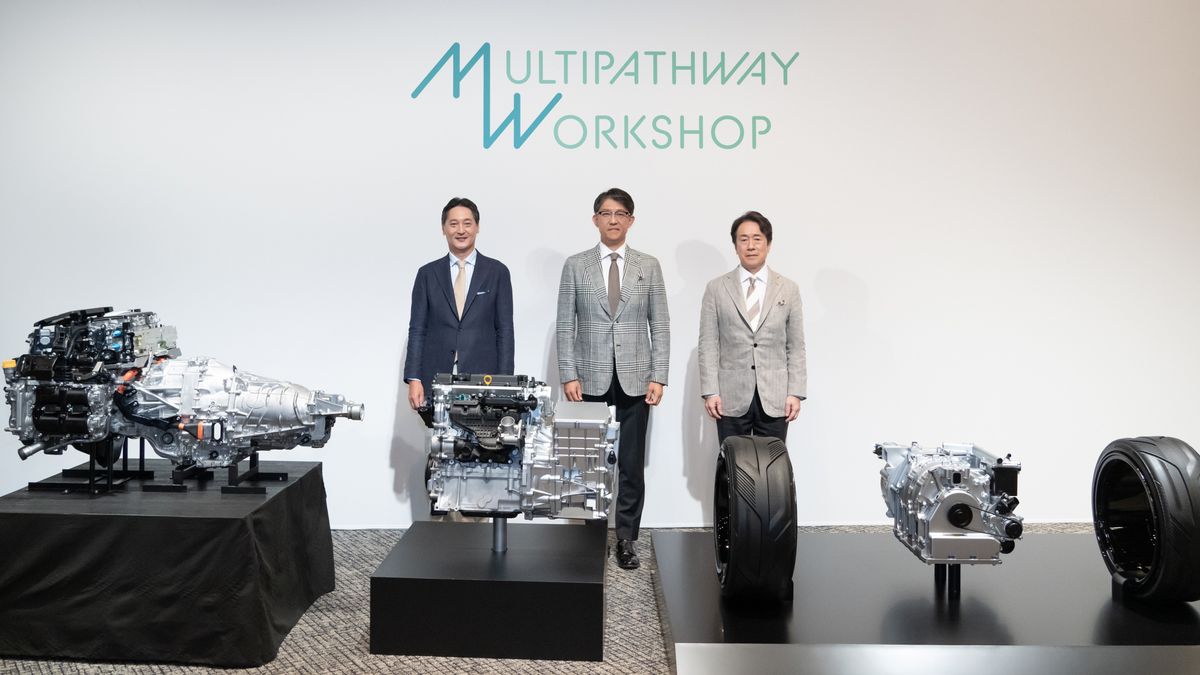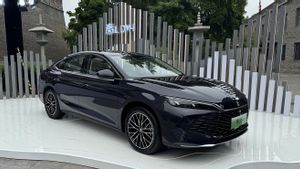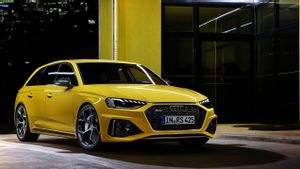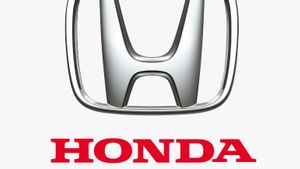JAKARTA - Three automotive giants from Japan, namely Toyota, Mazda, and Subaru, have announced their commitment to work in developing the latest internal combustion engine in the electrification era to achieve carbon neutrality.
With this latest engine, it is hoped that the three companies can optimize integration with motorcycles, batteries, and other electric propulsion units. They will develop the engine to be more compact than it is today.
To provide our customers with a variety of options to achieve carbon neutrality, we need to face challenges in developing machines that are in line with future energy environments. The three companies, which share the same aspirations, will perfect machine technology through friendly competitions, "said Toyota CEO Koji Sato, on Toyota's official website, Wednesday, May 29.
In addition, this effort will also decarbonize ICE by making it compatible with various carbon-neutral fuels (CN).
"Achieving a carbon-neutral ecosystem is a challenge that must be carried out by all Japanese industries and people as a whole. As we continue to improve electrification technology, we will also improve machines that are opposite to the goal of using carbon-free fuel in the future," said Subaru CEO Atsushi Osaki.
SEE ALSO:
Toyota, Subaru, and Mazda realized that they needed to understand the customer's needs. Thus, this at the same time encourages all three to develop each machine that represents the unique preferences of its consumers.
In this development, the three will focus on reducing carbon and expand options so that the goal of decarbonization can be achieved.
"Given the compatibility of the rotary engine with carbon neutral electrification and fuel, Mazda will continue to develop the technology through joint creations and competitions to ensure it can contribute widely to the community," said CEO Mazda Masahiro Moro.
In addition to being more efficient and powerful, this latest generation engine is also expected to revolutionize vehicle packaging to become more compact than existing models.
Smaller machines will allow even lower engine hoods, increasing the possibility of design and aerodynamic performance as well as contributing to better fuel efficiency. All three will develop their latest engines to be compatible with existing alternative fuels, including eFuels, biofuels, and hydrogen.
The English, Chinese, Japanese, Arabic, and French versions are automatically generated by the AI. So there may still be inaccuracies in translating, please always see Indonesian as our main language. (system supported by DigitalSiber.id)











